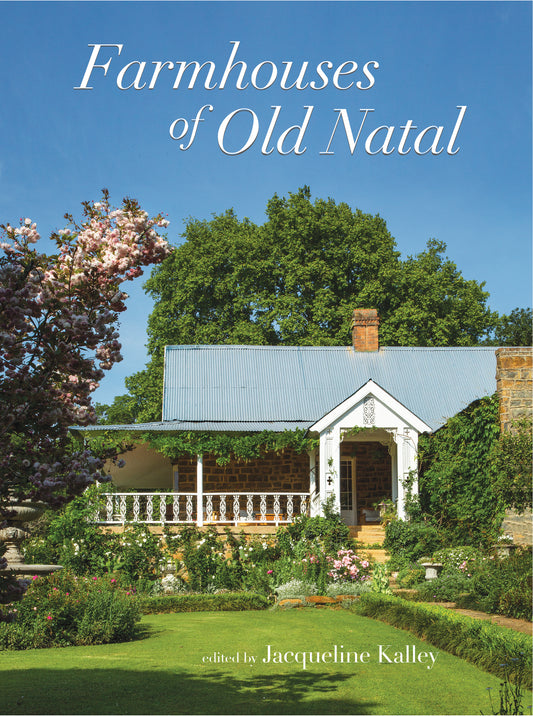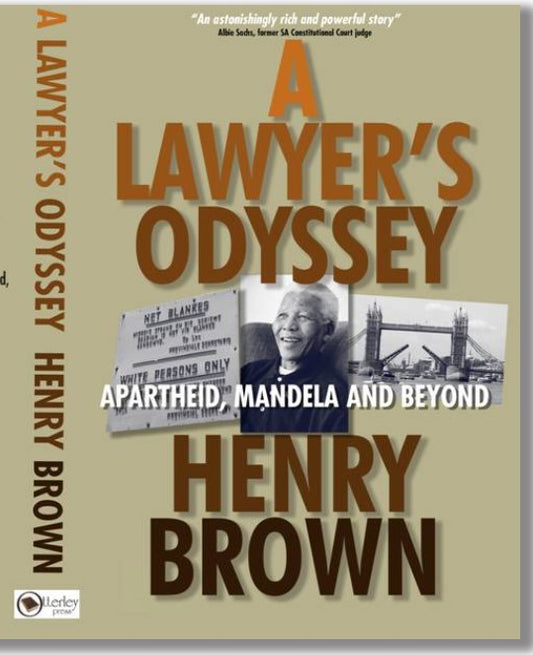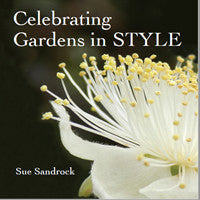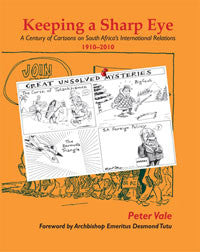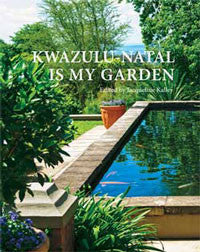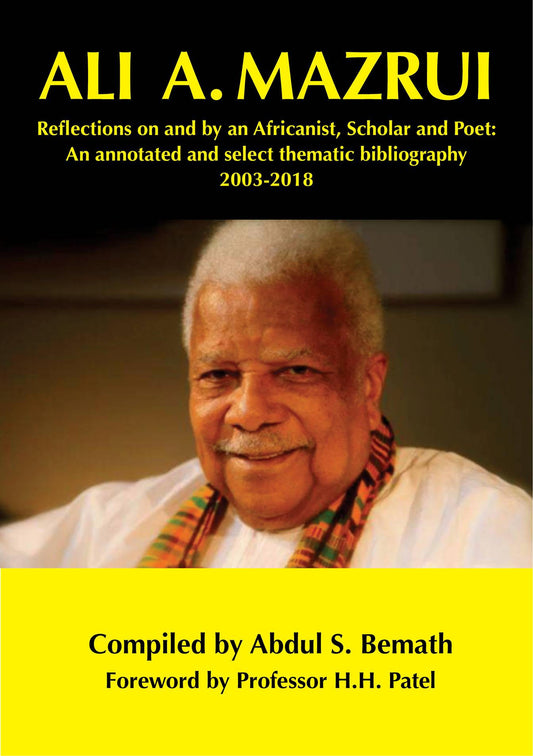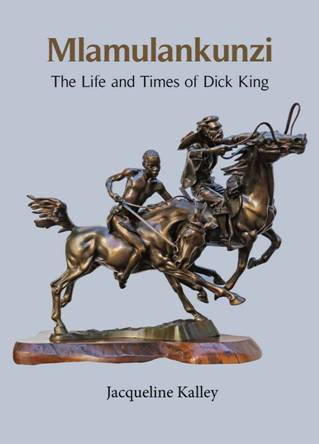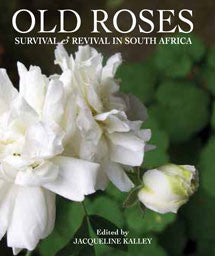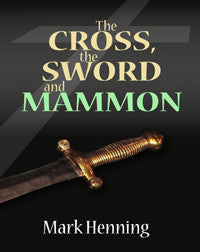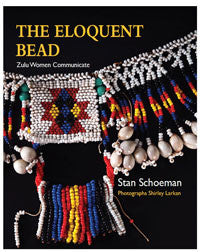Collection: Non Fiction
-
Farmhouses of Old Natal
Regular price R 720.00 ZARRegular price -
A Lawyers Odyssey - Ebook Version
Regular price R 145.00 ZARRegular price -
A Lawyers Odyssey - Softcover Version
Regular price R 310.00 ZARRegular price -
Celebrating Gardens in Style
Regular price R 295.00 ZARRegular price -
Indigenous Plants Card Series
Regular price R 25.00 ZARRegular price -
Keeping a Sharp Eye: A Century of Cartoons on South Africa’s International Relations, 1910-2010
Regular price R 140.00 ZARRegular price -
KwaZulu-Natal is My Garden
Regular price R 395.00 ZARRegular price -
Mlamulankunzi The Life and Times of Dick King
Regular price R 285.00 ZARRegular price -
Old Roses - Survival and Revival in South Africa
Regular price R 420.00 ZARRegular price -
The Cross, The Sword and Mammon
Regular price R 150.00 ZARRegular price -
The Eloquent Bead
Regular price R 450.00 ZARRegular price
